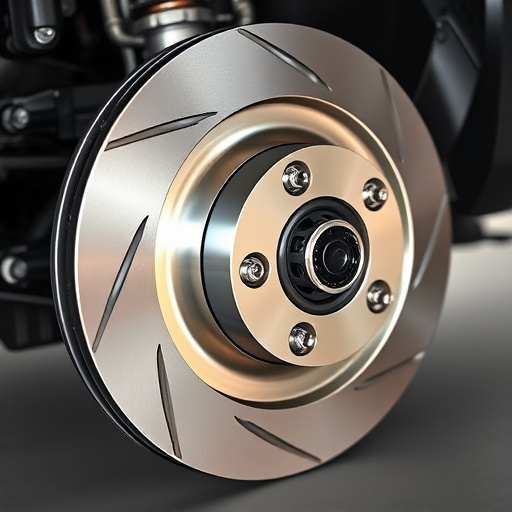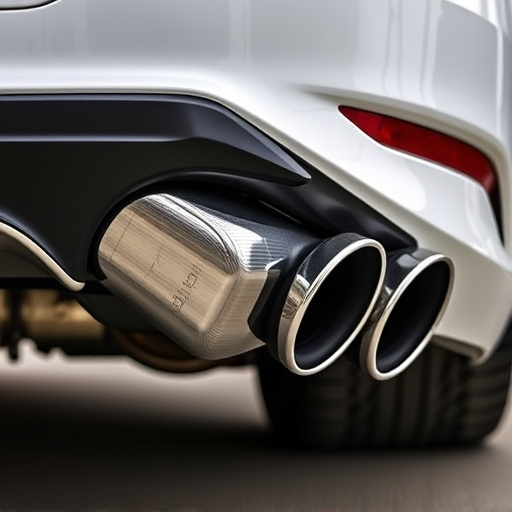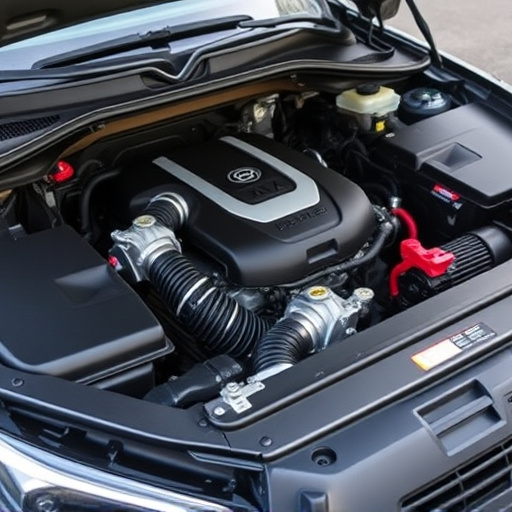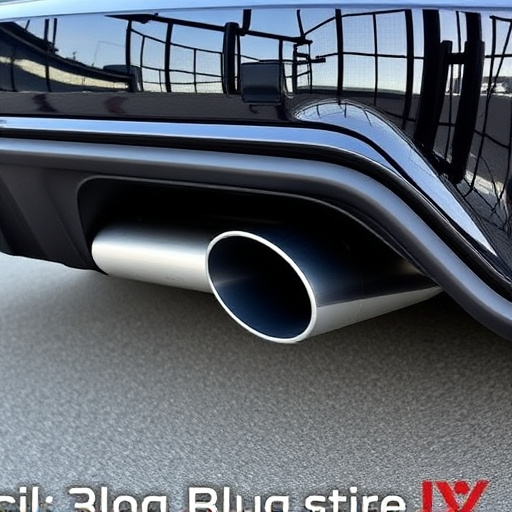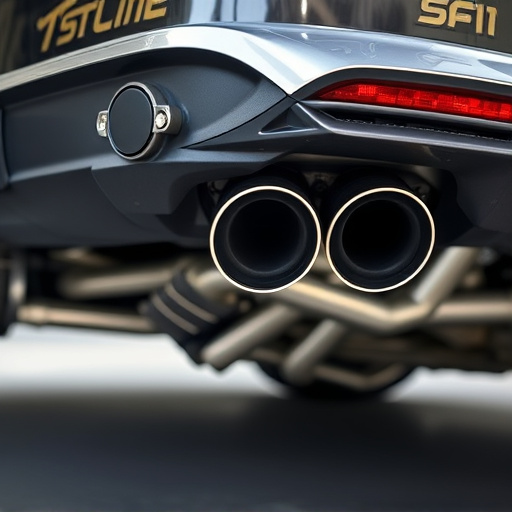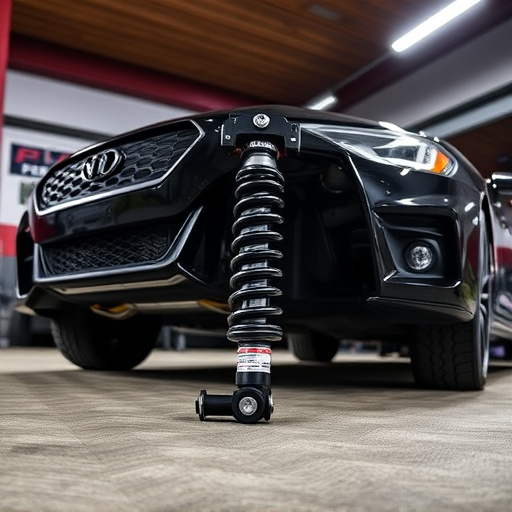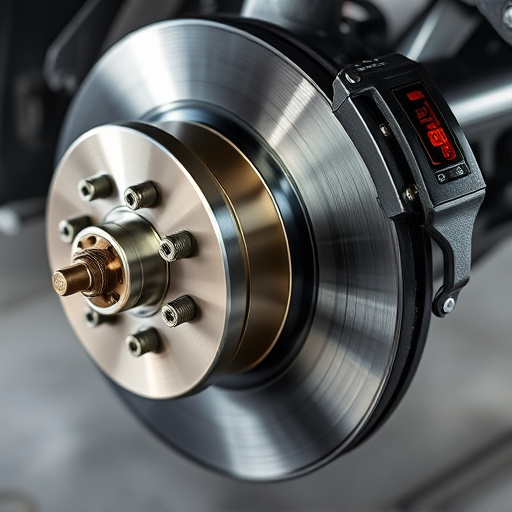Dry air filters are crucial components in automotive systems, protecting engines and components from dust, dirt, pollen, and moisture. They ensure clean air intake, optimize performance, improve fuel efficiency, and reduce maintenance costs. High-quality filters with advanced features capture microscopic particles and maintain efficient airflow, lasting through harsh conditions. Correct sizing, clean environment, regular cleaning or replacement, and inspection of exhaust tips are essential for optimal filter performance and system health.
Dry air filters are essential components in maintaining optimal indoor air quality. This article explores the multifaceted benefits of these filters, focusing on their critical role in balancing performance and protection. We delve into the key features that distinguish high-performing dry air filters and provide practical implementation and maintenance tips for achieving the best results. Understanding these aspects is crucial for ensuring a healthier living or working environment.
- Understanding Dry Air Filters: Their Role and Benefits
- Key Features of a High-Performing Dry Air Filter
- Implementation and Maintenance Tips for Optimal Results
Understanding Dry Air Filters: Their Role and Benefits
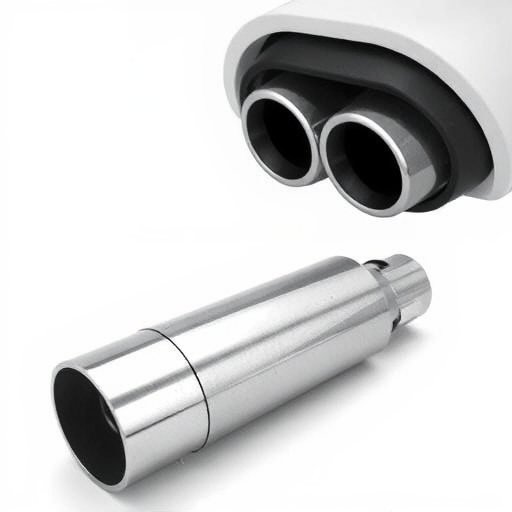
Dry air filters play a pivotal role in enhancing both performance and protection within various automotive systems, particularly those relying on efficient air intake. These specialized filters are designed to capture and remove contaminants from the incoming air stream, ensuring only clean, dry air reaches the engine or other critical components. Their primary function is to prevent dust, dirt, pollen, and moisture from entering sensitive parts, thereby reducing wear and tear and optimizing overall system functionality.
One of the key benefits of using dry air filters is their ability to support optimal air intake systems, including those integrated with coilover kits. By maintaining a consistent supply of clean air, these filters contribute to enhanced engine performance and fuel efficiency. Moreover, they safeguard crucial intake components from damage caused by moisture or debris accumulation, extending the lifespan of the entire system. This not only translates to improved vehicle dynamics but also reduces maintenance costs in the long run.
Key Features of a High-Performing Dry Air Filter
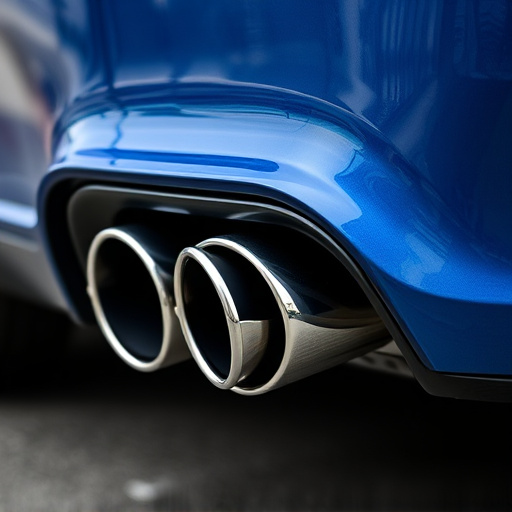
A high-performing dry air filter is a crucial component in any vehicle’s system, offering a range of benefits for optimal performance and longevity. Key features distinguish these filters from their lower-quality counterparts. First and foremost, they are designed to capture and retain microscopic particles, ensuring clean air flows into the engine. This includes removing dust, dirt, pollen, and even small debris that could otherwise cause damage to sensitive internal components.
Secondly, a top-tier dry air filter boasts a balanced performance, allowing for efficient airflow while maintaining its trapping capabilities. This balance is essential to prevent restrictions in the engine’s intake, which could hinder power output and fuel efficiency. Moreover, these filters are often constructed with durable materials that withstand harsh environmental conditions, ensuring they maintain their integrity over extended periods. This longevity translates to reduced maintenance needs and costs for vehicle owners. Additionally, some advanced dry air filters incorporate innovative designs, such as synthetic media or unique shapes, further enhancing their effectiveness in capturing contaminants, even those as small as brake dust particles and exhaust tips.
Implementation and Maintenance Tips for Optimal Results
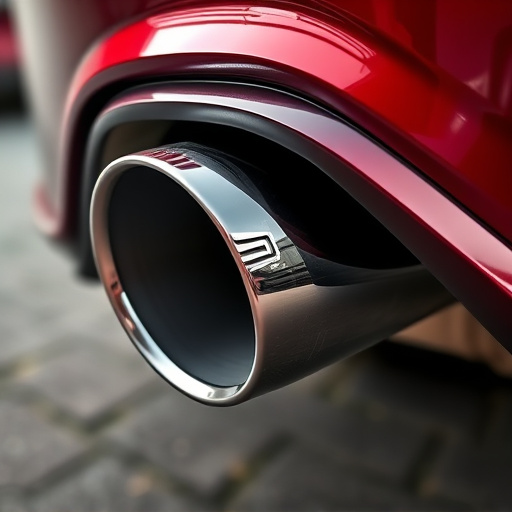
For optimal results with a dry air filter, proper implementation and regular maintenance are key. Firstly, ensure that the filter is correctly sized for your system to allow for maximum efficiency. A poorly fitting or undersized filter can restrict airflow and reduce overall performance air filters. Next, locate the filter in a clean, dry environment to prevent contamination. Regular cleaning or replacement, as recommended by the manufacturer, is crucial to maintain the filter’s effectiveness. Debris buildup can clog the filter, leading to reduced efficiency and potential damage to your system.
Additionally, consider the exhaust tips and muffler tips in your setup. These components play a role in airflow dynamics, and maintaining them in good condition ensures smooth operation. Regularly inspect for wear and tear, leaks, or blockages that could impact air flow and put unnecessary strain on your dry air filter. Remember that proper maintenance not only extends the life of your filter but also contributes to the balanced performance and protection it offers.
A dry air filter is not just an additional component; it’s a silent guardian ensuring your indoor environment remains healthy and comfortable. By understanding its role, selecting high-quality filters, and maintaining them properly, you can achieve balanced performance and protection from airborne contaminants. Embrace the benefits of a dry air filter to breathe easier and live better.








